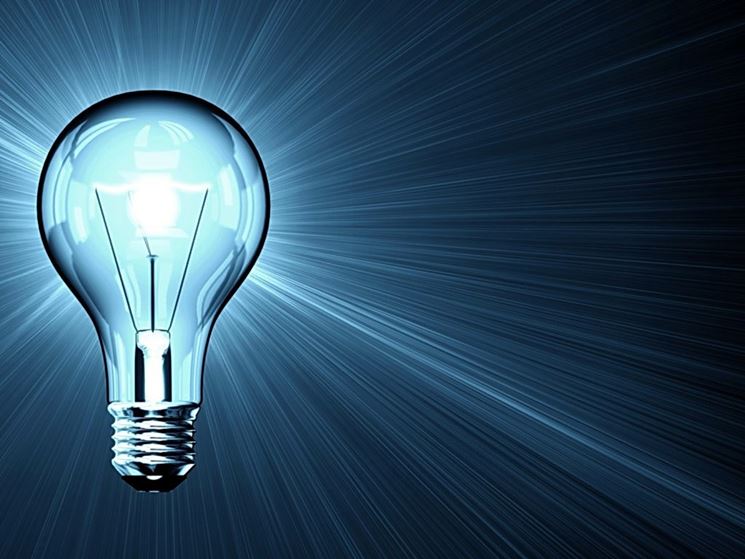Here’s how to stop expensive electricity and gas bills

What can be done to curb the rise in electricity and gas bills. The advice of the economist Alberto Clò, editor of the Energy Magazine
From the beginning of 2022, the jump in our bills – after the one accumulated since last July 1 of about 40% for electricity and 30% for methane – will still be very strong considering that the prices of natural gas in October were approximately double those used for the previous update .
To mitigate the impact on consumers, the resources allocated by the government in the budget law will certainly not be enough, which so far, it is worth remembering, to deal with the increases in bills has fielded 4.7 billion euros.
Much more will be needed. In a recent parliamentary hearing, the President of the Cassa per i Servizi Energetici e Ambientali (CSEA) – a public body prepared to collect some tariff components from operators subsequently disbursed to businesses – stated that "if confirmed the current level of tariffs, the net borrowing requirement would be equal to 9.5 billion euros for 2022 ”.
A figure, to give the idea, higher than the total cost of citizenship income in 2020 (7.2 billion euros).
Is it then possible to intervene ex-ante on the causes of the price increase and not just ex-post? I believe so, by acting on some aspects of the energy and regulatory policy relating to methane: from the criteria for the formation of its consumer prices to the increase in the extraction of our methane from the subsoil to compensate for its scarcity. Therefore, not to reduce their prices but to increase their availability. A politically complex choice, but the country could not remain hostage to a minority that in 2016 was defeated by the No-Triv referendum.
The energy component of the protected methane prices (to which other costs and taxes are added) is entirely linked to those set on the Dutch exchange market (called Title Transfer Facility – TTF) to which a hypothetical transport component is added to the Italian system.
It is therefore not a question of prices actually paid for the purchase of methane – which indicates how far in the air the idea of bringing them together at a European level to reduce them – but of quotations expressed on a stock exchange where speculative movements are not exempt.
The so-called spot prices set daily on different trading platforms. At one time, before October 2013, our consumer prices instead referred to those defined in the long-term import contracts, which in turn were anchored to those of oil, so as to guarantee its competitiveness, having to replace it.
These contracts, which implied a cost for the security of supply for those who bought and demand for those who sold, have gradually diminished because they were considered – in the thrill of liberalization – contrary to the affirmation of full competition on the markets.
The philosophy of security of supply was essentially replaced by that of market convenience, as expressed by highly variable and unpredictable spot prices, because they are conditioned by a thousand exogenous variables (gas hunger in Asia, prices of liquefied gas, etc.).
For a few years, after the financial crash of 2008 which saw a sharp drop in gas demand, spot prices were even much cheaper than long-term contracts.
There was a general belief that they could be considered the expression of a structural situation in the markets, being instead the temporary result of a strong surplus of supply, also favored by the great growth in the movements of Liquefied Natural Gas (LNG) and American exports. Once this surplus had been reabsorbed, prices would have started to rise again to the astronomical levels of the past few months.
From January 2022, it was said, the situation will get worse and much worse. It is in fact possible to estimate an increase in the energy component from the current 47.8 c € / m3 to approximately 86 c € / m3 (almost 80% more). In January 2021 it was 15.1 c € / m3, with an increase of 5.7 times.
All other components being equal, keeping VAT at 5% and net of other government interventions, the effect on the final gross price will be an increase of approximately 40%. Another big bad blow.
It is hoped that the situation, once the cold season has ended, can improve but the risk is that it will be found again as it is in the autumn of next year. Hence the idea of intervening on the causes, starting with the linking of our prices to the spot market only: more unstable and vulnerable.
The idea on which to reflect could be that of reintroducing into the criteria for setting consumer prices with reference to the prices defined in long-term contracts, which represent just under a third of European supplies. On average in October, they quoted 7.2 Dollars / Mil. Btu against 24.9 Dollars / Mil. Btu of spot prices on the Dutch reference market.
Essentially, finding a more balanced pricing system for end consumers, which through links to new long-term contracts, reduces the volatility of consumer prices and avoids, in shortage periods like the current one – which could however become structural – of paying ridiculously high prices.
(Extract from an article published in Energy Magazine: here the full version )
This is a machine translation from Italian language of a post published on Start Magazine at the URL https://www.startmag.it/energia/ecco-come-fermare-il-caro-bollette-di-luce-e-gas/ on Sun, 12 Dec 2021 07:35:51 +0000.
